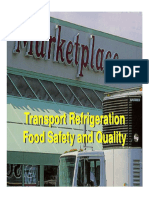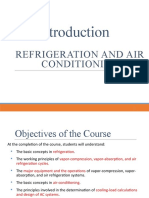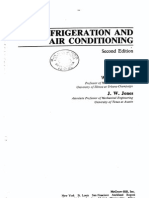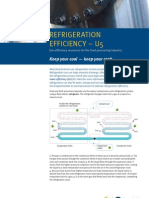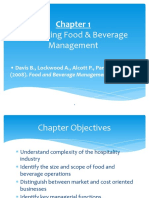0% found this document useful (0 votes)
32 views4 pagesStudy
Discover a comprehensive collection of documents, reports, and study materials designed to enhance your knowledge on a wide range of subjects. Whether you’re seeking academic resources, research papers, or industry-specific insights, our selection offers valuable information at your fingertips. Easily browse and download to enrich your learning experience.
Uploaded by
realman5403Copyright
© © All Rights Reserved
We take content rights seriously. If you suspect this is your content, claim it here.
Available Formats
Download as DOCX, PDF, TXT or read online on Scribd
0% found this document useful (0 votes)
32 views4 pagesStudy
Discover a comprehensive collection of documents, reports, and study materials designed to enhance your knowledge on a wide range of subjects. Whether you’re seeking academic resources, research papers, or industry-specific insights, our selection offers valuable information at your fingertips. Easily browse and download to enrich your learning experience.
Uploaded by
realman5403Copyright
© © All Rights Reserved
We take content rights seriously. If you suspect this is your content, claim it here.
Available Formats
Download as DOCX, PDF, TXT or read online on Scribd
/ 4






